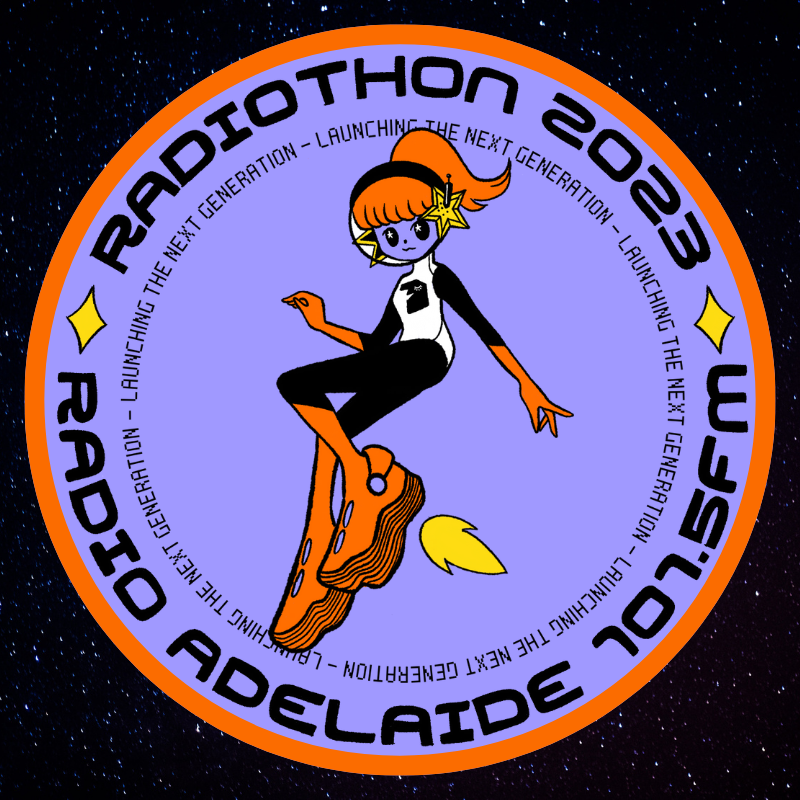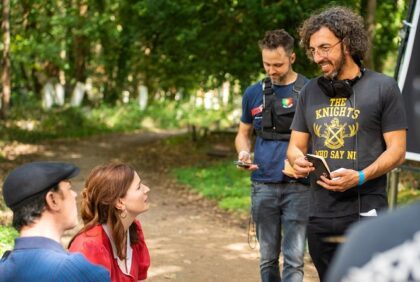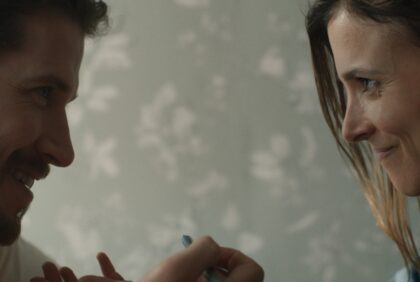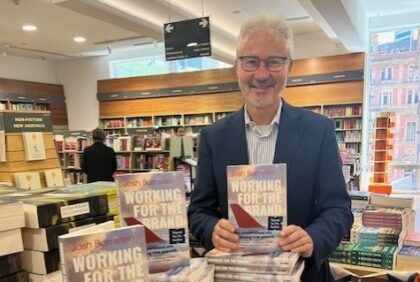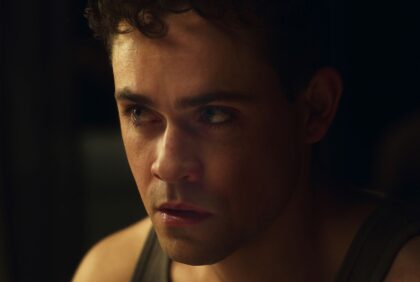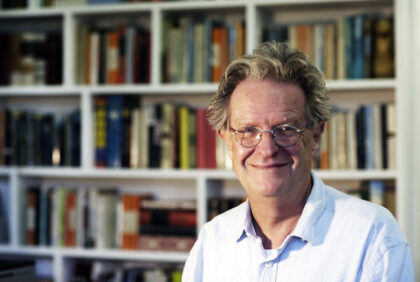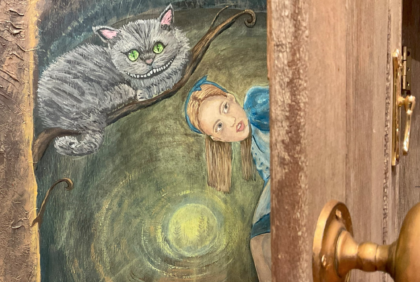Film Review: “Mary Poppins Returns” by Lisa Harper Campbell
Posted on: Sat 19 Jan 2019
The East Wind is picking up again near Cherry Tree Lane…this time bringing Emily Blunt as possibly the most famous of film nannies, Mary Poppins.
Mary Poppins Returns is directed by Rob Marshall, a director who is no stranger to bringing existing works to the screen, having developed film adaptations of musicals (Chicago, Into The Woods) and best-selling novels such as Arthur Golden’s Memoirs of a Geisha. With this modern Mary Poppins, Marshall has delivered a neat package of whimsical wonder with sufficient nods to previous iterations (including of course the original 1964 film) without diving into self-parody or glorification.
The supporting cast, including the collectively and individually excellent Ben Whishaw, Colin Firth, Julie Walters and Emily Mortimer provide a strong foundation upon which the constantly awestruck Banks children can launch into a world introduced by Mary Poppins. Lin-Manuel Miranda as Jack must get a special mention as he brings a great presence and physicality particularly showcased in the dazzling leery dance sequence.
For all the hype surrounding Emily Blunt’s performance, I was expecting the eponymous nanny to play a much more significant role in the narrative of this adaptation. Perhaps in keeping with the enigmatic nature of the character, she instead remains to the sidelines of the story, never driving the action or conflict, simply offering borderline snide commentary albeit with perfect diction…Thanks for all your help there Mary.
Having said that, Emily Blunt is indeed very good in the role. She manages to make the admonishment of a dolphin appearing too early in a bathtub believable…no small feat.
The question that can and should be asked of this film is why make it? What contribution does the act of telling a similar story but with better special effects make towards furthering this character’s already firmly established position in popular culture?
I think what engages a modern audience in this film is different to the original. There is a current trend to make a spectacle not only of franchise-filmmaking but also of musicals on screen. Mary Poppins Returns, with its hyper-stylised view of London, beautiful costumes, detailed choreography and high production value, offers us these elements but still manages to have a sincere message of reconciliation at its core. Mary Poppins, in each of her visits, is the facilitator of a kind of reconciliation within the Banks’ family. In 1964, it was to bring a father back to his children. In 2018, we’re on a similar path with the new Banks family’s need to reconcile with their new reality without their mother.
The success of 2013’s Saving Mr Banks, a film exploring the relationship between PL Travers and Walt Disney during the original film’s adaptation, demonstrated our interest in understanding the deeper meaning behind a classic such as Mary Poppins. We remain interested in knowing more about the creation of the works we love (whether they be films, books, art, music, theatre) and the private lives of the iconic figures behind them. This new film does not offer us that but does offer a fresh rendition with which a new generation can engage. I wonder though, whether the film (with a somewhat drawn out 130-minute run-time) is memorable enough, especially in today’s saturated market, to leave a lasting impression.


